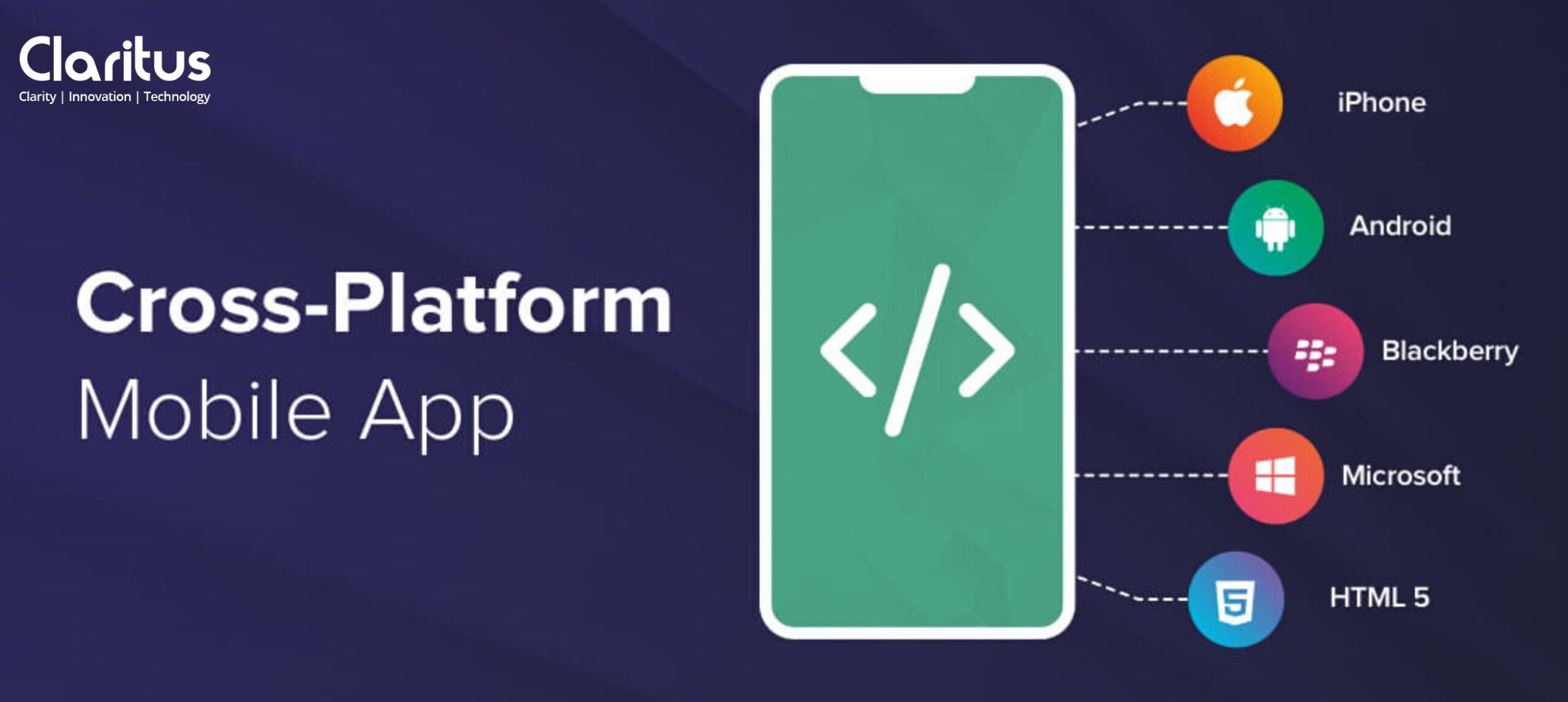Ways to dive into Cross-Platform App Development

In today’s Digital Era of mobility, the mobile application market seems to be expanding by leaps and bounds. Subsequently, mobile marketing is becoming more and more competitive. People are going for Cross Platform App Development for making more use of their resources properly.
While ensuring the visibility of your application in such a competitive scenario, you need to have a very particular and unique approach while diving into mobile app development. For creating a successful mobile application, you need to have a systematic and rigorous approach towards app development.
Below are the 10 preliminary steps for creating a good mobile application:
1. Defining Your Objectives for the Mobile App
2. Laying Out Your App Functionality & Features
3. Researching Your Competitors in the Market
4. Creating Your Design Wireframes & Use Cases
5. Testing Your Wireframes
6. Again Revising & Testing
7. Choosing a Good Development Path
8. Developing Your Mobile App
9. Quality Testing Your Mobile App
10. Launching Your Mobile App
A great mobile app can potentially grow your business in many ways. It can:
- Increase your revenue by accelerating sales or maybe introducing a new revenue stream.
- Building up an engagement model and community by providing resources for your audience.
- Improving employee inter-communication by developing a core internal app for your business.
- Increasing your brand awareness and enhancing your mobile marketing strategy.
- But the real and important question is whether you want to develop a native mobile app or cross-platform mobile application?
- In this blog, we have summarized some crucial points to create a successful cross-platform mobile application to help you out in this process.
Cross-platform development has become quite popular at the present time. As we know Cross-Platform App Development is the way of creating mobile applications in such a way that they can be run on various platforms. developers like such a development because in this, programming is done only once and the app is supported by Android, iOS, or Windows.
Step 1: Choose your language/framework for the development
Step 2: Plan a good UI/UX Design
Step 3: Select reliable cross-platform application modules
Step 4: Look for dedicated API Services supporting Cross-Platform Mobile Apps
Step 5: Lookout for divergence in your cross-platform application
Step 6: Quality Testing and App/Apple Store Approval Guidelines
Wrapping Up
There are multiple cross‐platform tools available nowadays. Almost all of them cover Android, iOS, and Windows app development. Popular tools like PhoneGap, Xamarin, and Visual Studio all support cross-platform app dev very well.
In addition to the conventional UI/presentation, there are additional Service Interface Layers (SIL) and multiple Data Abstraction Layers (DAL) which shall provide data layers will to the right levels of abstraction thus allowing the user to adapt to multiple platforms, client or server-end, which shall come up in the future.
Abilities of the SIL and the DAL shall provide your applications and services with the potential for connecting to any device around the world while expanding your business and business model horizons.
If you are in need of a cross-platform application, just visit us here.

